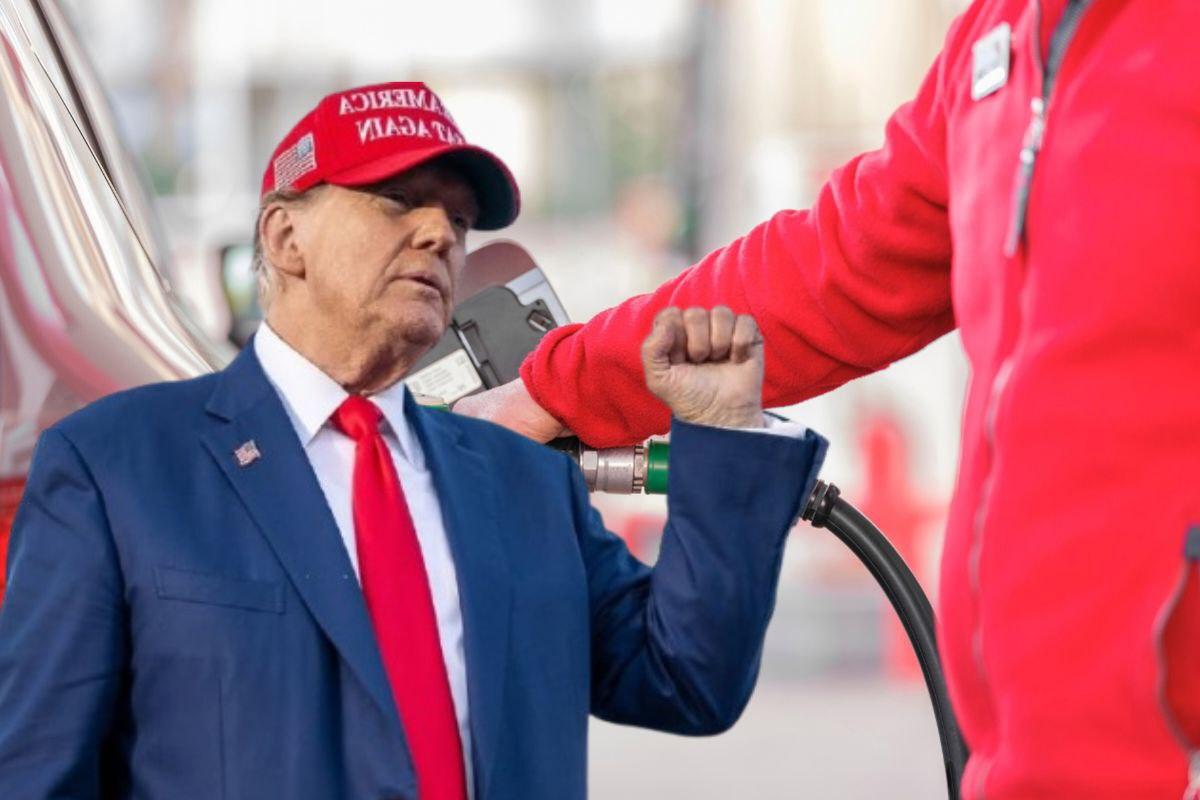
Donald Trump, during his second term as President of the United States, has once again made headlines—this time with a serious warning that could directly affect the wallets of Indian citizens. In a statement issued on July 14, Trump announced that if Russia does not stop the war in Ukraine within the next 50 days, i.e., by September 2, the U.S. will impose secondary tariffs on countries that continue to trade with Russia. The implication of such a move could be substantial, especially for India, which has become a major buyer of discounted Russian crude oil.
Ever since Trump returned to the White House, he has repeatedly stated his aim to end global conflicts. Despite earlier attempts—including inviting Ukrainian President Volodymyr Zelensky to the White House and publicly shaming him—Trump failed to end the ongoing Russia-Ukraine war. Now, he seems to be shifting blame to Russia directly, and has warned of economic consequences for its trading partners if the war doesn't stop.
What are secondary tariffs, and why do they matter?
While primary sanctions target a specific country directly, secondary tariffs penalize third-party nations that continue doing business with the sanctioned country. In this case, Trump plans to impose up to 100% tariff penalties on countries trading with Russia.
Russia has responded dismissively to Trump’s remarks, labeling them as mere theatrics. However, if this threat materializes, the impact on countries like India could be quite severe.
How is India connected to Russian oil?
Before the Russia-Ukraine war broke out in 2022, India used to buy only about 2–3% of its crude oil imports from Russia. However, due to Western sanctions on Russia and the resulting availability of heavily discounted Russian crude, India has ramped up its purchases significantly. Today, around 35–40% of India’s total crude oil imports come from Russia.
At the peak of this trade relationship, India was buying Russian oil at discounts of $10–$12 per barrel compared to global benchmarks. Even today, that discount stands at about $3–$4 per barrel. This cheap Russian oil has played a vital role in insulating Indian consumers from extreme price hikes that the rest of the world—particularly Europe—has been experiencing in energy costs.
What happens if Trump’s threat becomes policy?
India might be forced to scale down or even halt crude oil imports from Russia to avoid American retaliation. This would create a supply shock and push India to look for alternative (and more expensive) sources.
India’s Petroleum Minister Hardeep Singh Puri has already cautioned that if the U.S. enforces secondary tariffs and global markets are restricted from accessing Russian crude, crude oil prices could skyrocket to $140 per barrel.
Such a spike would have a direct impact on retail fuel prices in India. According to government estimates, petrol and diesel could become more expensive by ₹8–₹10 per litre under this scenario. This would not only hurt consumers but also ripple across sectors like transportation, manufacturing, and agriculture, potentially spiking inflation again.
What options does India have?
India is in a diplomatic bind. On one hand, it has significantly benefited from discounted Russian oil. On the other, it is in the process of negotiating a Free Trade Agreement (FTA) with the United States—a deal that has seen repeated delays but is expected to move forward by July 31 or early August.
Importantly, the ongoing FTA talks cover primary trade tariffs, not the kind of secondary sanctions Trump is threatening. If secondary tariffs are imposed, the entire economic relationship between India and the U.S. could face strain, and India's energy security would come under pressure.
India currently imports crude oil from around 35–40 countries, so it’s not entirely dependent on Russia. However, finding another supplier who can match the pricing and volume provided by Russia will be difficult.
While the warning from Donald Trump might seem like another one of his dramatic announcements, its potential impact on India’s energy sector is very real. If enforced, the secondary tariffs could disrupt India's oil imports, derail fuel pricing, and affect broader economic stability. For now, all eyes are on how Russia responds and whether any diplomatic breakthrough is possible before the September 2 deadline.
The coming weeks will be crucial—not just for the future of the Russia-Ukraine conflict, but for economies like India that are closely tied to the evolving geopolitical landscape. The price at the petrol pump might just be the most immediate casualty.
Disclaimer:
This article is for informational and educational purposes only. It does not constitute investment or policy advice. Please consult experts or authorities before making any financial decisions.




